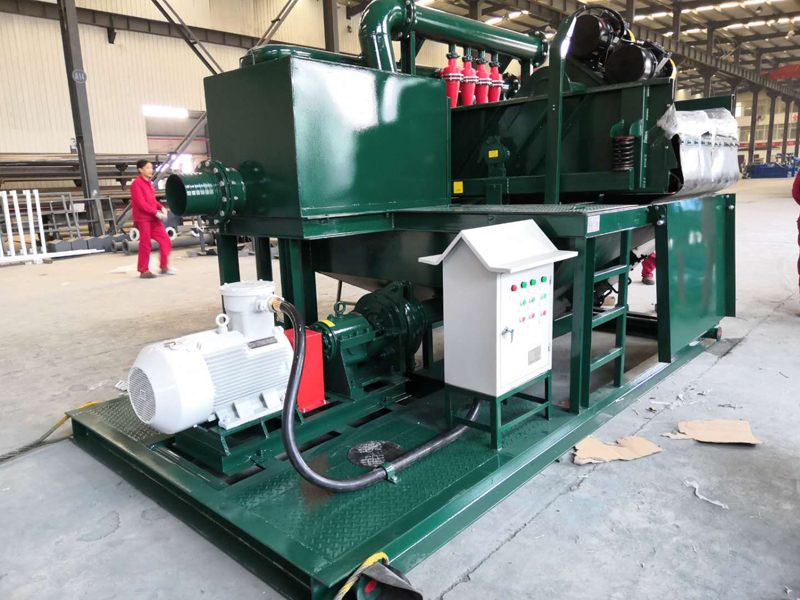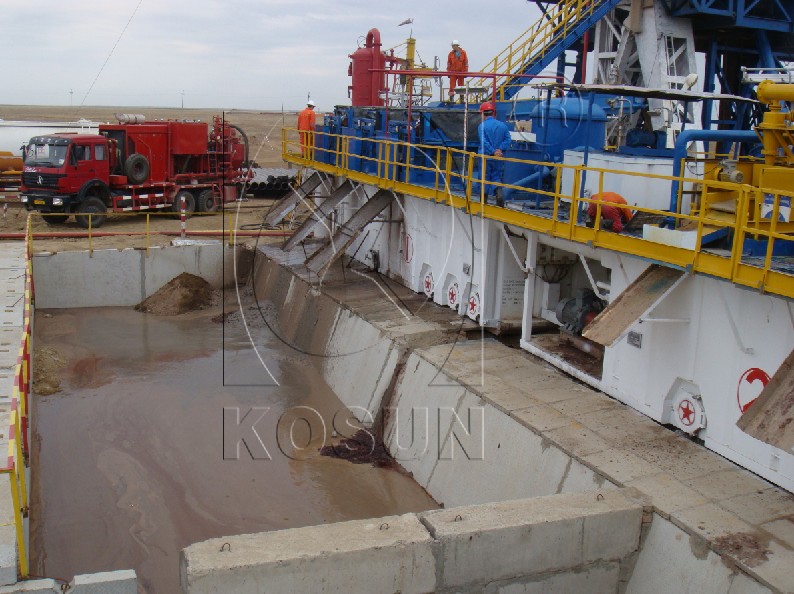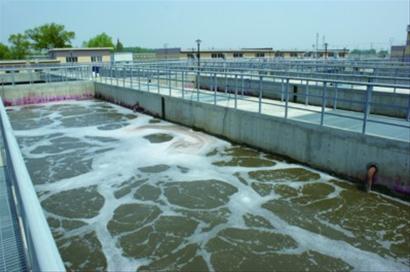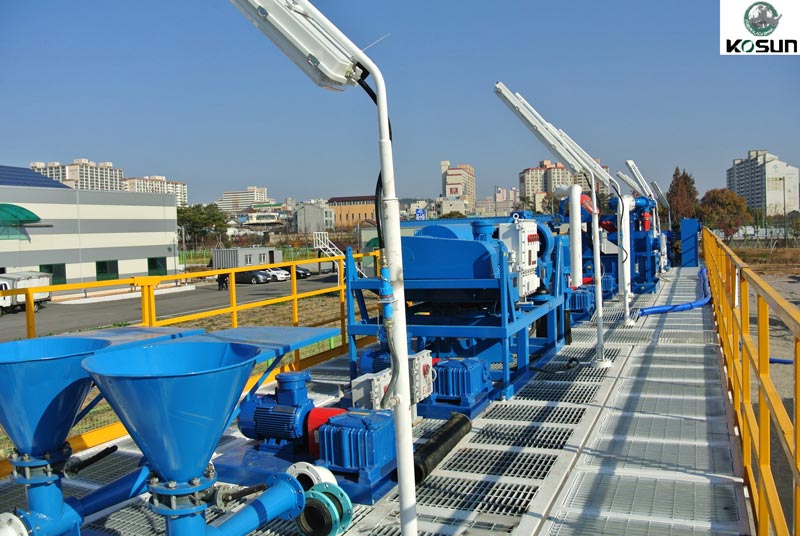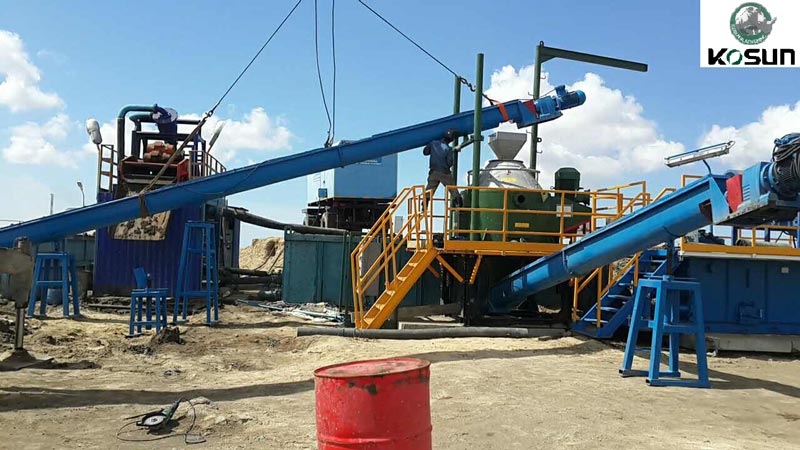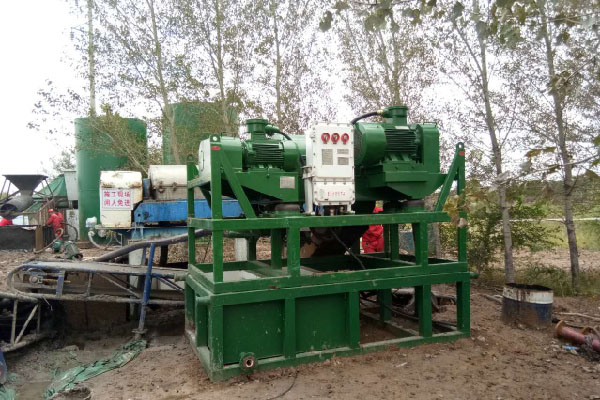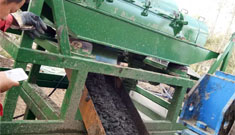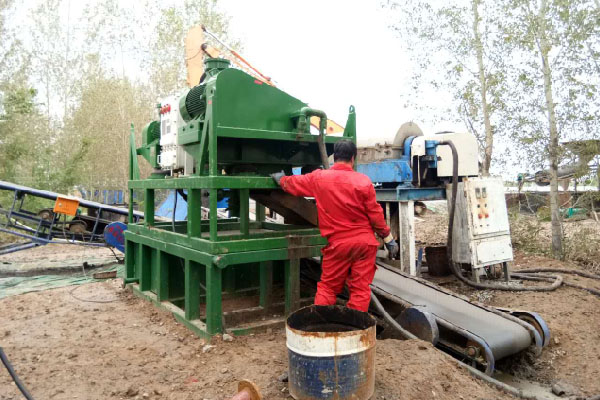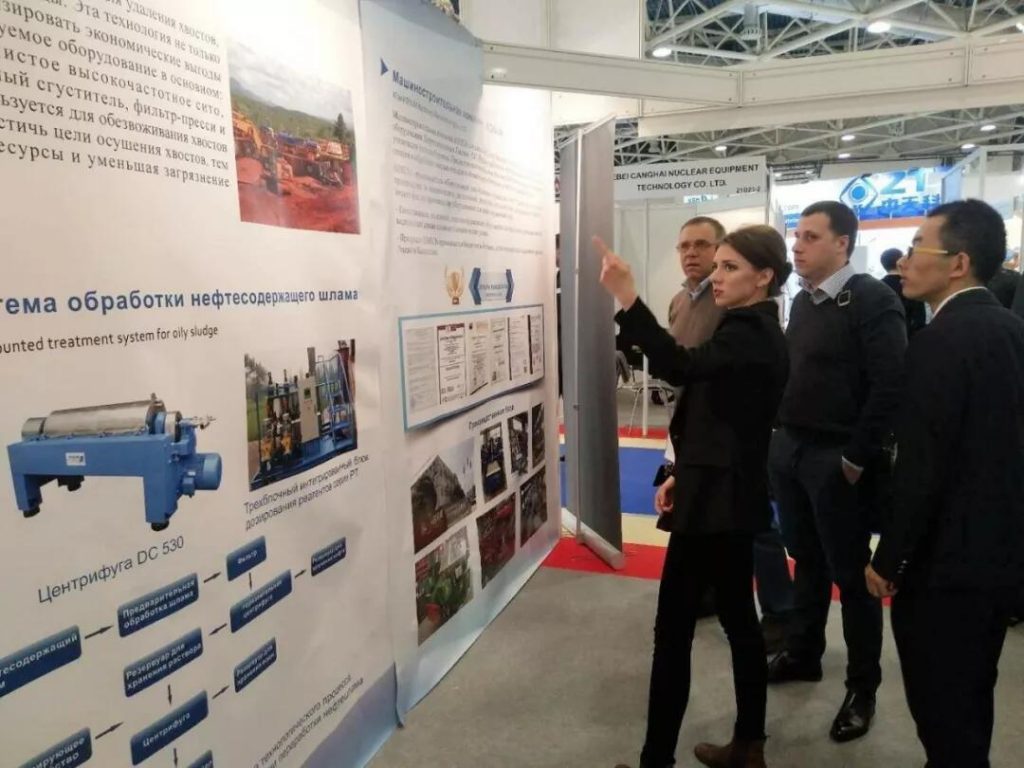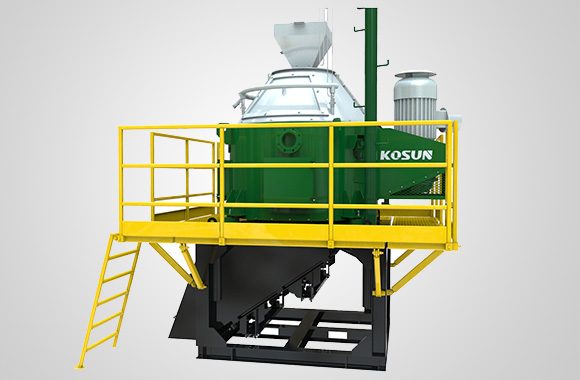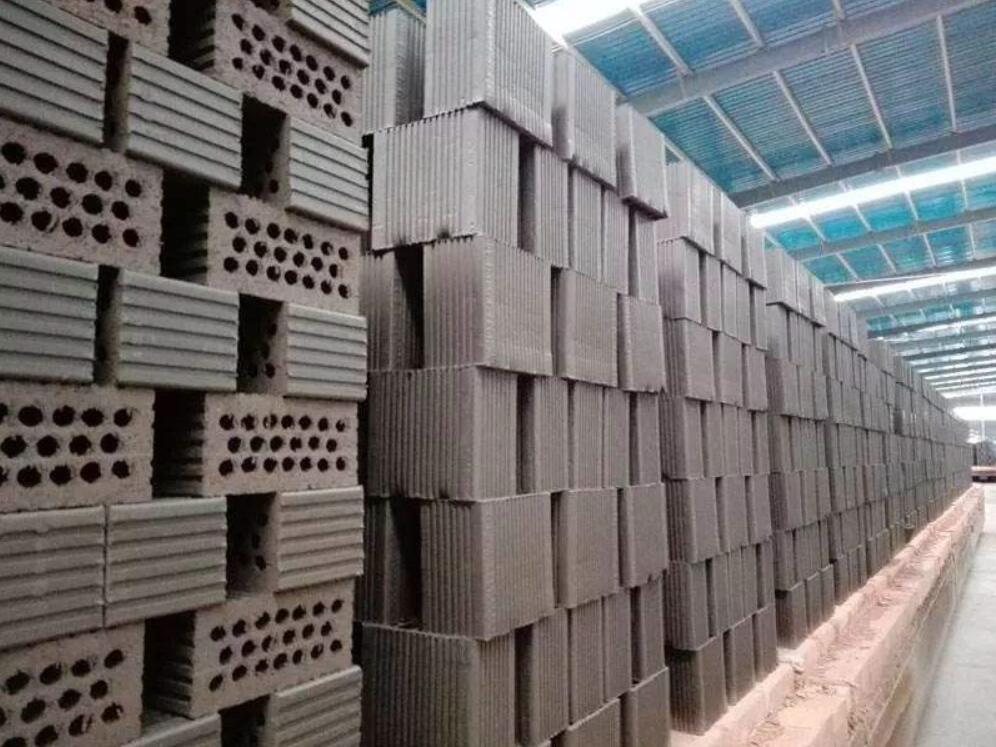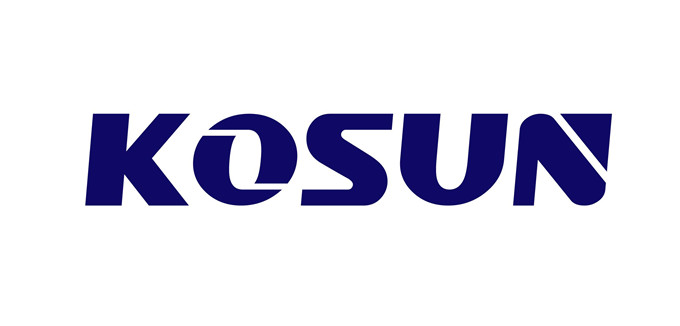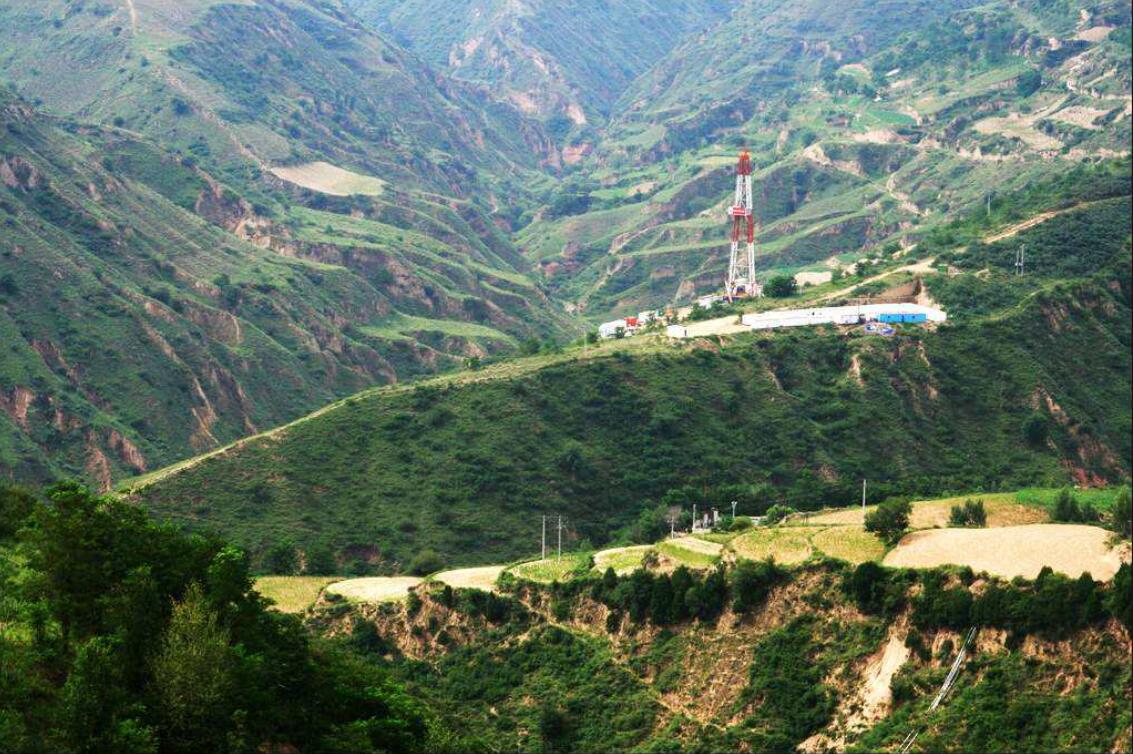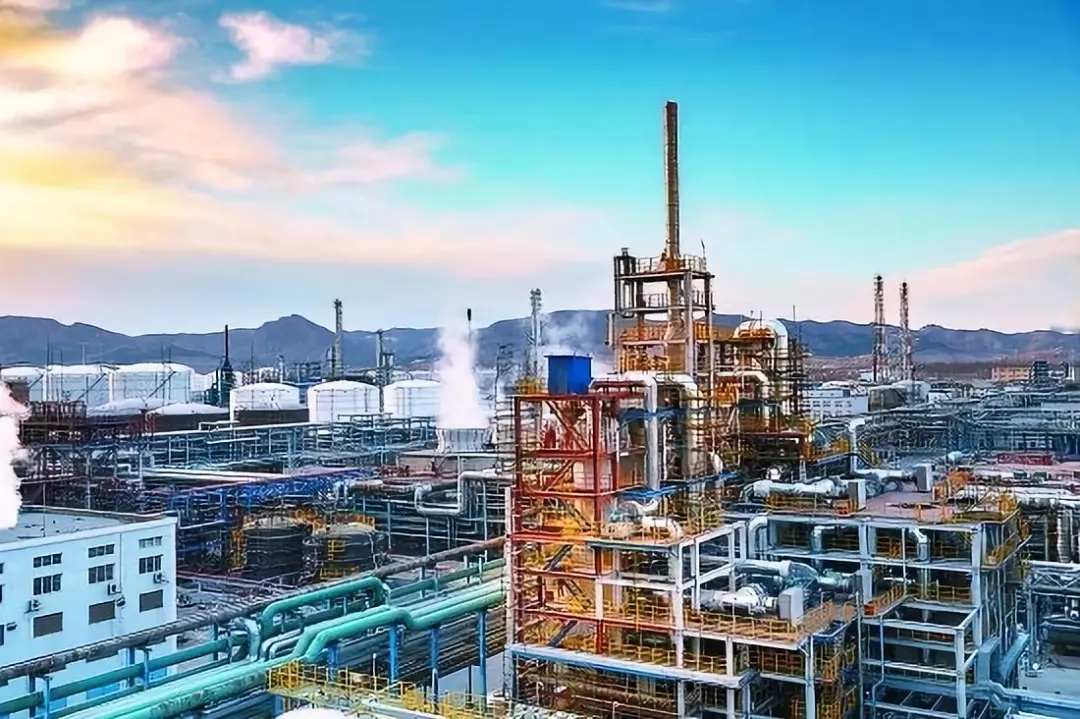Xi’an KOSUN Environmental Engineering Co., Ltd. focuses on development and services of complete technologies and equipment of sludge and Tunnel muck reduction and resource utilization.Our Tunnel muck treatment System had been successful used in shenzhen,China.
Tunnel muck should be considered as a valuable resource: if it is managed and treated correctly, it can be used for different purposes. This would lead not only to environmental benefits but also those of an economic nature. This work is part of the REMUCK project and it has the purpose of evaluating the effects of different treatments on different types of excavated rock. Five case studies have been selected and, of these, two were excavated with TBM (the Torrent-La Thuile tunnel and the Brennero tunnel), one with EPB (the Turin underground railway) and two using traditional excavation methods (Turin underground railway station and the Omegna tunnel). Tests have been carried out in the laboratory on both the muck in its natural state and on muck treated in two different plants (a mobile plant and a fixed plant) in order to characterise the aggregates from the shape and mechanical resistance points of view (according to EN 933-3 and EN 1097-2, respectively). The results of these tests have been compared with the threshold values foreseen in a muck management plan for a tunnel in Switzerland in order to verify the quality of the treatments the recycled aggregates were subjected to. This has made it possible to evaluate the suitability of the treatments, on the basis of the foreseen types of use, and to propose alternative working schemes for the nonconforming cases.
Italy is one of the first countries in the world as far as the number of tunnels is concerned. Many new tunnels are currently under construction or have been planned (300 km of railway tunnels and 150 km of road tunnels, some more than 500 m long, but also metropolitan tunnels). Tunnels are usually excavated in mountain areas of great value: the longest ones in Italy are in fact located in the Alps or in the Apennine mountain range. Approach: If the re-use of excavated material is not taken into account each time a tunnel is excavated, new quarries are required to obtain aggregates for cement, asphalt and concrete and new landfills are created, to allocate the tunnel muck. If the planned tunnel is large (in size and length), numerous quarries and landfills can be expected in the vicinity of the tunnel, with a consequent considerable amount of environmental damage. Results and Conclusion: For these reasons and not only for the obvious economic reasons, it is necessary to develop all the technologies that make the re-use of muck possible as an aggregate for cement and asphalt and as material for road and railways embankments.
Know more about KOSUN Tunnel muck treatment System, please email sales@adkosun.com.
Tag:Tunnel muck treatment, Tunnel muck treatment System.

